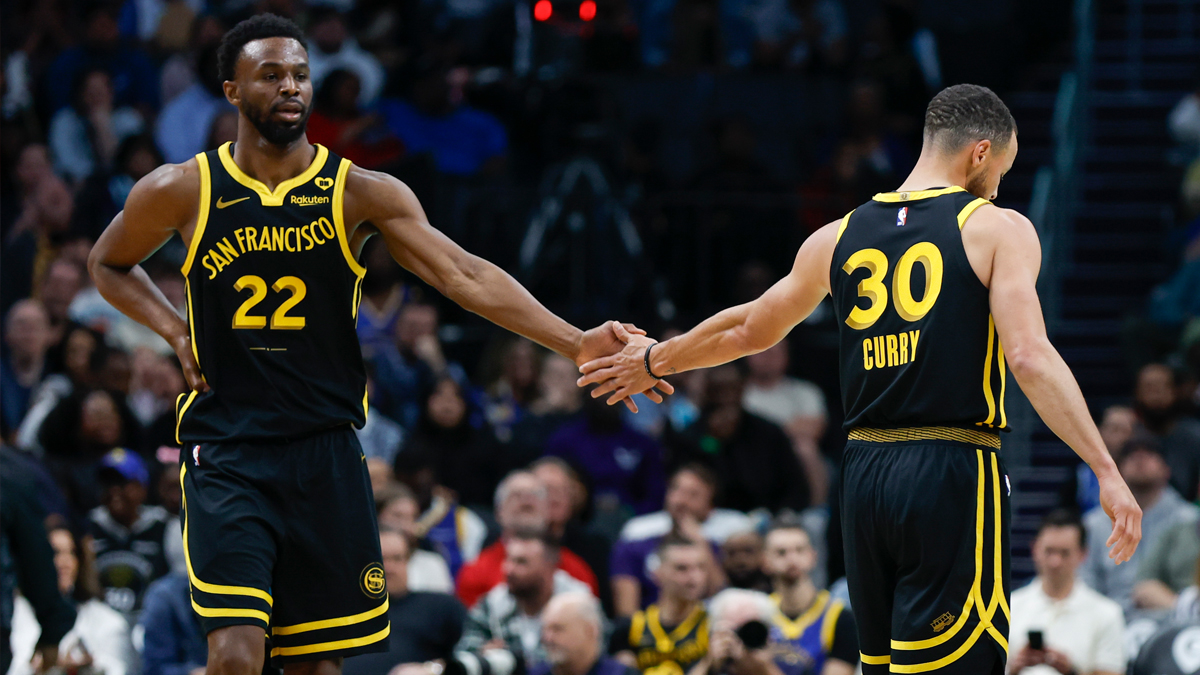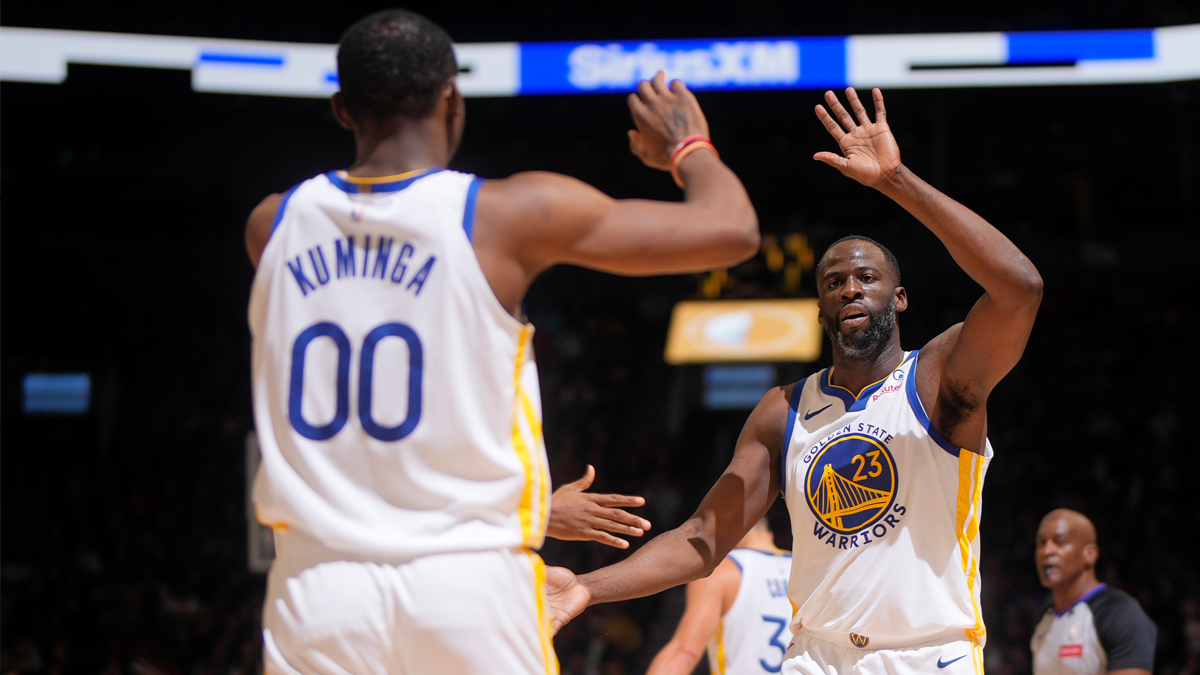What is the hardest MLB ballpark to hit a home run in? originally appeared on NBC Sports Washington
For most sports, home-field advantage comes from the people in the seats or favorable weather forecasts. In baseball, the field itself can be a factor.
Major League Baseball features 30 teams with 30 unique ballparks. While the infield and pitching dimensions are uniform across the sport, organizations get to control the layouts of their outfield. Whether its short porches, deep alleys or even Green Monsters, no two MLB stadiums are identical.
Get a weekly recap of the latest San Francisco Bay Area housing news. Sign up for NBC Bay Area’s Housing Deconstructed newsletter.
The changes between venues has an impact on the game itself. For every “hitter’s park,” there’s one that helps out pitchers more.
Here’s a look at ballparks dimensions across the league and how they play a role on the scoreboard:
Sports
What is the largest MLB stadium?
Outfielders have the most ground to cover at Coors Field.
The Colorado Rockies’ home ballpark has an estimated area of 121,486 square feet in fair play. It’s 347 feet down the left field line, 350 down the right field line and 415 to center field from home plate, though the deepest part of the park is in right-center at 424 feet.
Though the outfield dimensions are among the largest in baseball, it is actually among the most hitter-friendly stadiums in the majors (more on that in a bit).
The Kansas City Royals’ Kauffman Stadium, Arizona Diamondbacks’ Chase Field and Detroit Tigers’ Comerica Park are next on the list of biggest diamonds.
Who has the deepest outfield in MLB?
Speaking of Comerica Park, it is the only stadium in baseball with a 420-foot sign in dead center field. Fenway Park, home of the Boston Red Sox, also has a 420-foot sign on its outfield wall, but that is more in right-center.
Still, as Coors Field shows, not every ballpark’s deepest point is indicated with signage in the outfield.
Who has the shallowest outfield in MLB?
Fenway Park features two of the shortest outfield distances in all of baseball.
In left field, the foul pole is 310 feet from home plate. While the 310-foot distance is minuscule by MLB standards, the 37-foot-tall Green Monster adds to the challenge of hitting a home run in that direction.
Right field features an even shorter foul line – along with a way shorter wall. Pesky Pole sits just 302 feet from home plate, giving lefties an opportunity to get away with a homer that would’ve curled foul at most other MLB venues. The right field fence goes much deeper once it turns more towards center field, so there is just a slim window to capitalize on the short porch.
Only five MLB ballparks have a foul line that stretches less than 320 feet, and four of those teams come from the AL East. Along with the Red Sox, the home stadiums for the division rival New York Yankees, Baltimore Orioles and Tampa Bay Rays fit under that threshold. The Houston Astros are the other team in that mix. Like the Red Sox, one of their short distances also coincides with a 20-plus-foot wall.
What is the easiest MLB stadium to hit a home run in?
Fenway Park’s short dimensions ultimately help batters, but it’s not the most home-run-heavy stadium in the league.
That honor goes to Coors Field. Even though it is the league’s largest ballpark, the altitude in Denver helps sluggers get extra distance on their fly balls.
So far in 2022, Coors Field ranks first in ESPN’s MLB Park Factors for home runs, meaning it helps batters homer more than any other ballpark. The Rockies’ home stadium has ranked no lower than 11th in that metric since 2001, the earliest year with ESPN data. Great American Ballpark in Cincinnati, Guaranteed Rate Field in Chicago and Fenway Park are next on the list for 2022.
What is the hardest MLB park to hit a home run in?
On the opposite end of the scale, Chase Field is the toughest park to hit a home run in based on ESPN’s MLB Park Factors.
Kauffman Stadium, the Oakland Coliseum and Oracle Park in San Francisco are the next three venues on the list.



